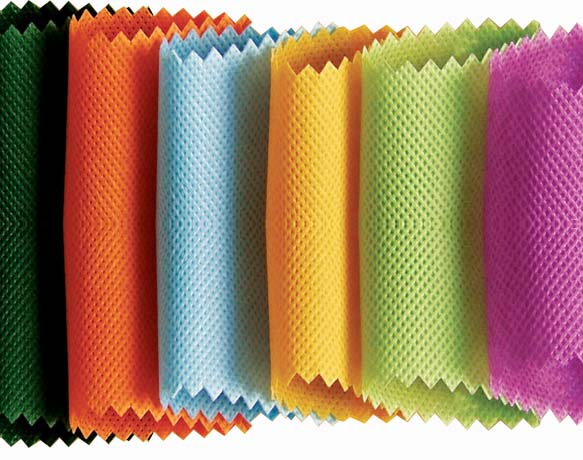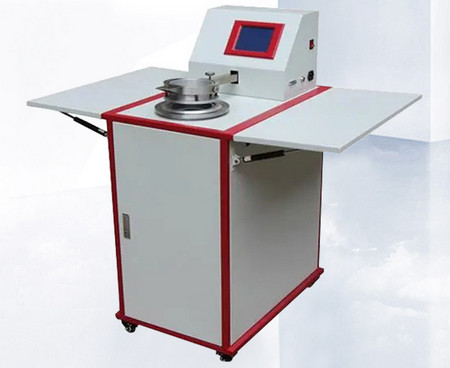- Qinsun Instruments Co., Ltd.
- Tell:+86-21-6780 0179
- Phone:+86-17740808215
- Address:No. 2578 Minhang District Gu Dai Road, Shanghai
- Contact:Mr. Li
- QQ:846490659
What is the difference between air permeability testing and the porosity of nonwoven fabrics?

Air permeability testing and porosity are related but distinct concepts when evaluating non-woven fabrics.
Air permeability testing assesses the ability of a material, in this case, a non-woven fabric, to allow air to pass through it. It measures the flow of air through the fabric under controlled conditions, typically using differential pressure. The air permeability value indicates how easily air can pass through the fabric. It is expressed in units such as cubic feet per minute (CFM) or liters per square meter per second (L/m²/s). Air permeability is an important property in determining the breathability, ventilation, and comfort of non-woven fabrics.

Porosity of Non-woven Fabrics:
Porosity refers to the volume fraction of void spaces (pores) within a material, including a non-woven fabric. It represents the ratio of the total void space volume to the total volume of the material. In the context of non-woven fabrics, porosity quantifies the amount of open space or voids between the fibers or filaments. Porosity is usually expressed as a percentage.
While air permeability testing and porosity both relate to the movement of air through a material, they differ in terms of their focus and measurement approach:
1. Focus: Air permeability testing specifically evaluates the rate or ease of air flow through the fabric under controlled conditions. It emphasizes the fabric's ability to allow air to pass through. Porosity, on the other hand, represents the overall void volume within the fabric, including the interstitial spaces between fibers or filaments.

2. Measurement Approach: Air permeability testing involves instrumental measurements using specialized equipment that measures the airflow rate through a defined area of the fabric. It provides a quantitative value reflecting the fabric's air permeability. Porosity measurement, on the other hand, often involves techniques such as image analysis or liquid displacement methods to estimate the void space volume within the fabric. It provides a qualitative or quantitative assessment of the fabric's porosity.
In summary, air permeability testing focuses on measuring the airflow rate through a non-woven fabric to evaluate its breathability and comfort properties. Porosity measurement assesses the amount of void spaces within the fabric, including the interstitial gaps between fibers or filaments. Both properties provide valuable information about the fabric's structure and functionality, but they have distinct measurement approaches and provide different insights.





